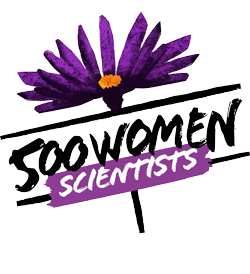Mauna Kea is a dormant volcano on the Hawaii island in the US and it is one of the best sites on the planet for astronomical observations - its high altitude, low humidity, and thin atmosphere make it ideal for observing the Universe. There are 13 telescopes at Mauna Kea today, built on land leased by the University of Hawaii from the state. This land is considered sacred by native Hawaiians. The proposed TMT -- Thirty Meter Telescope -- would be the largest optical telescope ever built in the northern hemisphere and it would be build on sacred land.
Since the Supreme Court of Hawaii allowed construction of the TMT to proceed on Mauna Kea in October 2018, hundreds of protestors/protectors have blocked construction crews from accessing the mountain top. In response, the Governor of Hawaii declared an emergency, and 33 Native Hawaiian elders were arrested. Protestors/protectors remain at the site.
These protests have been interpreted by many as a clash of science vs. tradition. But that is a false premise and false choice. TMT is a the latest in what is essentially centuries of Western scientific progress at the expense of Native rights. Many of us in the scientific community have benefited the current Western scientific system and many of us are deeply embedded in this system today.
It is time to ask ourselves if we as scientists want to further this kind of a system, continuing and benefiting from oppression of Indigenous people, knowledge, and way of life. Many scientists and astronomers have been speaking out against the TMT and early-career scientists from traditionally underrepresented backgrounds and communities of color have been leading the charge.
Today, we ask our amazing community of scientists and supporters from across the globe to:
Read the open letter from astronomy graduate students
Read Native Hawaiian scientist Sara Kahanamoku’s article about the opportunity to change the way we do science.
Check out Chanda Prescod-Weinstein’s Decolonizing Science reading list.
Check to see if your institution a Member or Partner of TMT and ask your institution about how they will address the rights of Native Hawaiians.
Finally, (and especially if you are in a position of privilege), call out racism in your scientific communities. Condemning clearly racist words and tweets in a way that doesn’t negatively impact our daily lives is easy. Standing up to stop the construction of a scientific instrument that perpetuates historical injustices faced by Native communities is a lot harder to do, but equally necessary. We need to do both.
Photo by Steve Halama on Unsplash













